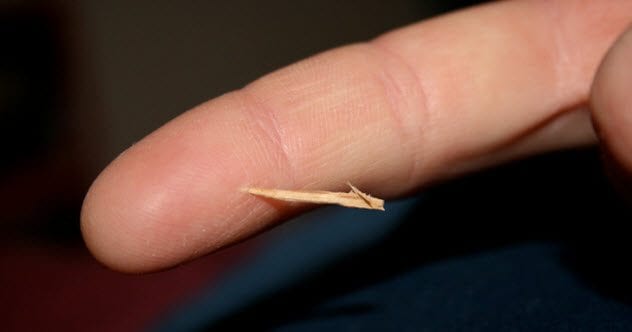 |
| photo source: https://www.youtube.com/watch?v=Wsng2f5Mk6w |
Vomiting is usually the
result of an infection located anywhere between the stomach and the colon.
More rarely, it is caused by a bacterial infection or a medical condition that
would benefit from diagnosis and serious treatment. In many cases, an
upset stomach is caused by a simple virus and will disappear by itself in a few
days. Nausea is an uneasiness of the stomach that often comes before
vomiting. Vomiting is the forcible voluntary or involuntary emptying of stomach
contents through the mouth.
What needs to be done when vomiting?
For Adults, let your
stomach rest. Adults should eat nothing for one or two hours. Add
liquids for eight hours. Add liquids gradually as the nausea stops.
An Adult should stay on clear liquids for
eight hours. Try water cracked ice, bouillon, popsicles, gelatin, chicken
soup or flat, non-diet soda. Sip a little at a time during the day.
And should avoid caffeinated drinks, milk products, citrus juices, alcohol,
aspirin, and ibuprofen. Add bland foods after 8 hours, choose foods like
for example soup, crackers or rice and should eat these foods in small amounts
as long as you can tolerate them. Prevent eating fried, spicy foods for one to two
days.
For Children, you may be a parent
or guardian, should give one teaspoon of room temperature re
hydrating solution every one to two minutes to prevent dehydration.
Increase amounts of and intervals as the child can tolerate. A child
who is vomiting is not in immediate danger of dehydration. Increase
amounts of and intervals as the child can tolerate. A child who is
vomiting is not an immediate danger of dehydration if he is drinking adequately
and urinating regularly.
If the child vomits, allow the stomach to rest for
a half hour before giving fluids again. Fluids like soda or
apple juice, are not good replacement for fluids from the cells, adding to the
potential for dehydration. High salt content can have the same
effect, so avoid giving children broth and salty fluids.
Must give liquids in small amounts to avoid further
stomach irritation. Too much liquid can lead to more
vomiting. When the child can keep liquids down, return to a regular
diet. Encourage lean meats, yogurt, bananas, apple sauce, vegetables, and
complex carbohydrates such as rice, bread, potatoes and cereal. It is not usual for a child’s appetite to decrease
after he has vomited. However, be sure he is drinking enough
fluids. It is important to not yet give over the counter medications
for nausea and vomiting. Vomiting will usually stop on its own in 12 to
24 hours.
What could be the causes
of vomiting?
The
cause of vomiting could be the usual reason which is Stomach and intestinal
disorders (infection, food irritation, injury). Some also experience some
inner ear problems including dizziness, motion, sickness. Rare cause may
be because of brain problems such as head injury, brain infections, or tumors,
migraine)
Prevention Tips
If
someone adult vomits, the person should drink small amounts of clear,
sweetened liquids like flat soda pop, fruit juices (not orange or grapefruit
since they contain too much acid), or Popsicle. These sugared
drinks calm your stomach better than water or other liquids
Rest, either sitting or lying down, slightly
propped up. Activity worsens nausea and vomiting.
For Children it is slightly different, When riding in cars, prop your kids up on a forward-facing car seat that looks out the font windshield. Block the side view with a stick-on sun shade. Car motion, along with watching fast movements out the side windows, causes motion sickness and vomiting. Control forceful cough and fevers over 38 C aggressively with over the counter medicine. These are very common vomiting triggers in children under 6 years of age. Candy, soft drinks and vigorous playing added together equal vomiting in kids. Limit snacks to one candy bar or food item. If a snack includes a candy bar or junk-food item, wash it down with water, not soda pop. If they are having a high-sugar soft drink (especially carbonated), avoid more sweets. For the guardian of the child or children, do not let them heart and play at the same time.
Watch the instructions of this video on what to do in case of vomiting








